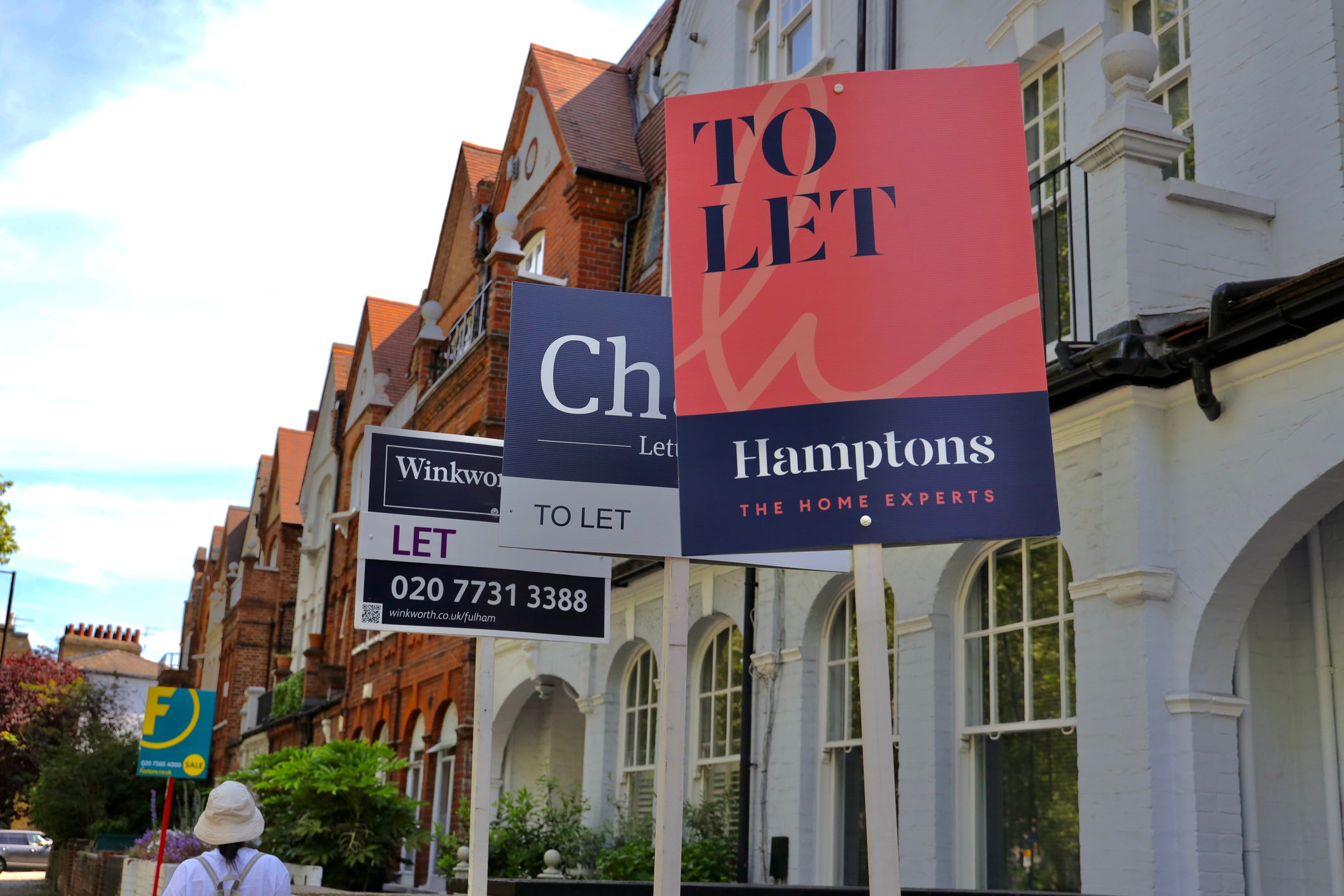Mapped: See how the UK’s record rent rises impact your area
Find out how the UK’s record rent increase has affected your area

Your support helps us to tell the story
From reproductive rights to climate change to Big Tech, The Independent is on the ground when the story is developing. Whether it's investigating the financials of Elon Musk's pro-Trump PAC or producing our latest documentary, 'The A Word', which shines a light on the American women fighting for reproductive rights, we know how important it is to parse out the facts from the messaging.
At such a critical moment in US history, we need reporters on the ground. Your donation allows us to keep sending journalists to speak to both sides of the story.
The Independent is trusted by Americans across the entire political spectrum. And unlike many other quality news outlets, we choose not to lock Americans out of our reporting and analysis with paywalls. We believe quality journalism should be available to everyone, paid for by those who can afford it.
Your support makes all the difference.Rent prices in the UK have seen a record annual rise from last year, according to new statistics.
On average renters across the country are now paying 9 per cent more, with large regional variations.
This is the highest annual percentage change since the start of rental data tracking in 2015, the Office for National Statistics (ONS) has said.
The average rent in the UK is now £1,238, which is £102 higher than 12 months ago. The 9 per cent rise is significantly above current inflation, which recently dropped to 3.4 per cent.
In the UK, over a third of people are private renters, making up an estimated five million households.
“These figures are shocking but not surprising,” says Ben Twomey, chief executive of Generation Rent. “We’ve been feeling the impact of sky-high rents and unaffordable rent increases since 2021 and we have reached the very end of what we can afford.
“As the cost of living crisis apparently eases, the cost of renting crisis is continuing at pace.”
Here’s a breakdown of the areas that have been hit with the largest rent increases:
The rent rises have particularly affected those living in cities, with London seeing the largest spikes. In some parts of the capital, rents have risen as much as 20 per cent.
Rent rises in UK cities, 2023 to 2024
How much more are renters in the UK’s 10 biggest cities paying?
- Birmingham – £973 from £825 (+8.3%)
- Manchester – £1184 from £1054 (+12.3%)
- Leeds – £1074 from £993 (+8.2%)
- Glasgow – £1191 from £1056 (+12.8%)
- Southampton – £1112 from £1015 (+9.5%)
- Liverpool – £758 from £700 (+8.3%)
- Newcastle – £972 from £928 (+7.3%)
- Nottingham – £889 from £810 (9.8%)
- Sheffield– £824 from £701 (+9.5%)
- Bristol – £1734 from £1609 (+7.8%)
The picture is very different for house prices, which have dropped drastically since late 2022. Paired with a surprise drop in inflation to 3.4 per cent in March, it is hoped mortgages will become much cheaper going into 2024.
This could also mean a better deal for renters, as landlords costs begin to fall.
Jonathan Gordon, director of wealth management at IP Global, said: “Landlords are facing rising costs, which in turn has led to rent increases for tenants. This creates an extremely difficult situation for renters in the UK, as wages are often not keeping pace with rent hikes.
However, Mr Twomey argues renters are unlikely to see their monthly outgoings drop anytime soon: “This is not just down to landlords’ costs going up – more than half of privately rented homes have no mortgage attached to them – so clearly landlords are raising the rent just because their tenants have no choice but to pay these prices”
“The government needs to listen to renters and take decisive action to slam the brakes on soaring rents in the worst-hit areas.”
Have you been affected by the issue in this story? Get in touch: albert.toth@independent.co.uk
Join our commenting forum
Join thought-provoking conversations, follow other Independent readers and see their replies
Comments